author of Honorable Influence - founder of Mindful Marketing
About a week ago, before a Consumer Behavior class, one of my students asked, “Dr. Hagenbuch, I have an idea for a Mindful Marketing topic — Did you see the promos for Smile?” I hadn’t experienced the creepy tactics live, but like many, I was caught in their viral wake.
Smile is a psychological horror movie featuring murders that begin and end with evil smirks. Like most production companies, Paramount Players and Temple Hill Entertainment made the obligatory film trailer and television spots. However, to capture even more interest ahead of the Halloween horror movie season, the film makers executed a truly menacing marketing strategy.
Among other events, Paramount targeted a few specific Major League Baseball games that were being broadcast to national audiences on September 23, such as Yankees vs. Red Sox and Mets vs. A’s, and in each game managed to seat an actor behind home plate, in perfect view of outfield television cameras. Some of the actors stood, while others remained seated; some wore neon “Smile” T-shirts; all “donned creepy, unflinching smiles for the duration of the game.
As television crews zoomed in on the unsettling smirks, social media quickly caught wind, and coverage snowballed into mainstream media, which is where I encountered Paramount’s bizarre promotional play. This wasn’t, though, my first exposure to guerrilla marketing.
Not long after I began my marketing career, I bought one of Jay Conrad Levinson’s books on Guerrilla Marketing. During my time in higher education, I’ve conducted research on shock advertising, which shares some ‘unhealthy’ overlap with guerrilla marketing. I’ve also written about these unusual tactics for Mindful Marketing a couple of other times:
For those new to guerrilla marketing, or anyone wanting a reminder, Investopedia offers a nice description of the strange strategies:
“Guerrilla marketing is a marketing tactic in which a company uses surprise and/or unconventional interactions in order to promote a product or service. [It’s] different than traditional marketing in that it often relies on personal interaction, has a smaller budget, and focuses on smaller groups of promoters that are responsible for getting the word out in a particular location rather than through widespread media campaigns.”
In college marketing classes, we don’t spend much time talking about guerrilla marketing, mainly because there are so many other foundational concepts students need to learn, and in many instances, guerrilla marketing isn’t a good fit for brands’ goals. It’s also not easy to teach something that hinges so much on deviant creativity and precise timing. Still, many marketers find it fascinating.
So, when Thomas Murray, the student in my Consumer class, mentioned Smile’s guerrilla marketing during MLB games, I wasn’t surprised for a few reasons. Not only is he a sharp emerging marketer, he’s an NCAA baseball player, and he knows something about going viral: A couple of years ago, he made a TikTok video of himself throwing a football over his house and catching it. Before long, ESPN’s Sportscenter and some other very popular media sites were sharing the clip.
During our brief before-class conversation, Murray told me he appreciated Smile’s unconventional approach. As someone who’s been skeptical of guerrilla marketing on whole, I was eager to hear more of his perspective, so I asked him to share his thoughts for this piece. He did, making several compelling arguments for why the unusual tactics worked for Smile:
- Word of mouth marketing: Placing actors in public settings and having them wear bright shirts and creepily smile at baseball and football games and outside the Today Show, was a perfect recipe for attention. People took notice while casually watching those programs and within minutes the actors were all over social media.
- Product placement: Part of the genius of the campaign was taking something right out of the movie and putting it into real life. If you watch the trailer, you’ll notice that is how eerily the people are smiling. Both in the movie and in real life it creeps people out, but it also lures them in as they have to look and wonder why they’re smiling like that.
- Budget-friendly: The overall cost of this campaign was likely minimal as well. Tickets for high profile seats at top sporting events are expensive, but in a feature film’s marketing budget, they would barely make a dent. The return on investment for this campaign must have been massive given it relied on going viral and certainly delivered as the campaign grew organically throughout various social media platforms.
- Great timing: The launch of the campaign meshed perfectly with the release of the movie. By placing the actors in public a week or so before the premiere, the producers were able to build exceptional interest, and excited movie-goers only had to wait until the following weekend to see it in theaters.
That’s some solid support for the campaign’s effectiveness; it’s hard to discredit any of Murray’s points. What I can do is raise what may be some helpful questions/concerns about guerrilla marketing’s morality:
Target market creep: Of course, horror movies are not everyone’s thing, so it could well be that such a broad-reaching campaign creeped out some of the wrong people, like children. The lack of audience selectivity with many guerrilla tactics is certainly something to consider.
However, briefly seeing a few creepy smiles probably didn’t traumatize any adults or kids. Most people seemed to think they were funny. The fact that Smile is a horror movie is another issue, which can be a topic of future analysis since the focus here is not on product but promotion.
Murdering the game: A very legitimate complaint to levy against guerrilla marketing is that it disrupts the natural settings in which it appears. For instance, wouldn’t someone sitting directly behind home plate, wearing a bright shirt and a creepy smile break a pitcher’s concentration?
I threw that question to one of Murray's teammates who pitches. Surprising to me, he said it wouldn’t matter—his focus is entirely on the catcher and batter. Although the Smile actors did draw some camera close-ups and comments from broadcasters, they didn’t seem to significantly detract from the television programs in which they appeared.
Encouraging copycats: Even if a given guerrilla marketing tactic is okay, what about all the other would-be marketers who see it and say, “That’s the kind of thing we need to do”? If every company implemented such strategies, our lives would be awash in a never-ending stream of commercialism.
Realistically, however, such advertising overflow is unlikely to occur. For the vast majority of business-to-business firms, guerrilla marketing is a mismatch for their target markets, and even for most business-to-consumer companies, the tactics aren’t the best promotional option. Moreover, it’s very challenging to create and execute effective guerrilla marketing, which when done wrong, can easily betray a brand – those are natural deterrents for firms that might consider using such strategies.
When I began to write this piece, I believed I had a good case against Smile’s strange promotion, but Murray’s analysis has made me reconsider my views. I still don’t think guerrilla marketing is good in all cases, but I believe the rookie was right to call this specific instance ‘fair’ and for both of us to consider it “Mindful Marketing.”
Learn more about the Mindful Matrix.
Check out Mindful Marketing Ads and Vote your Mind!




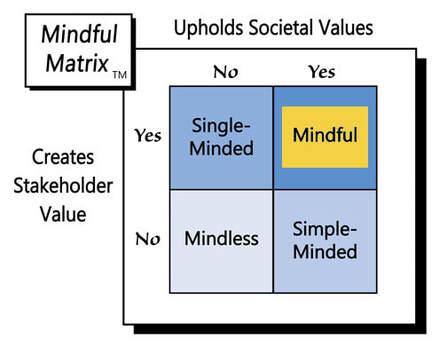
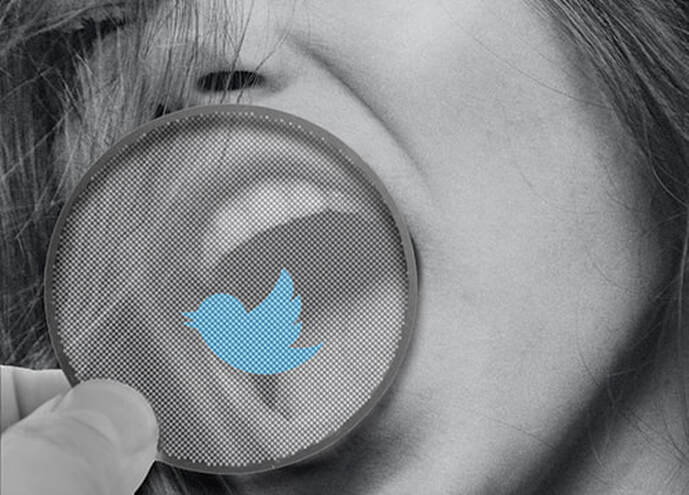

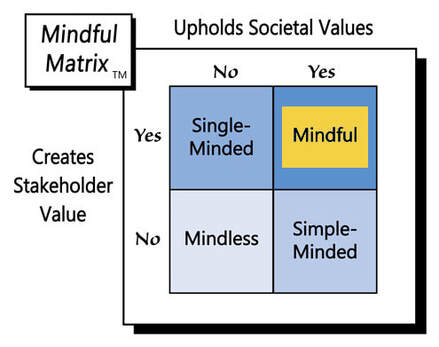


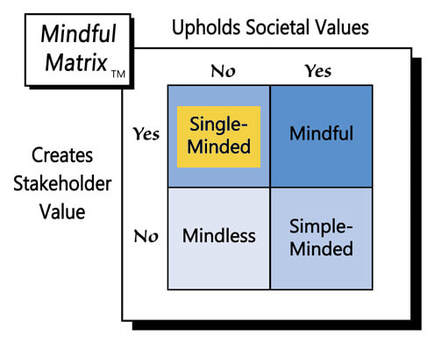
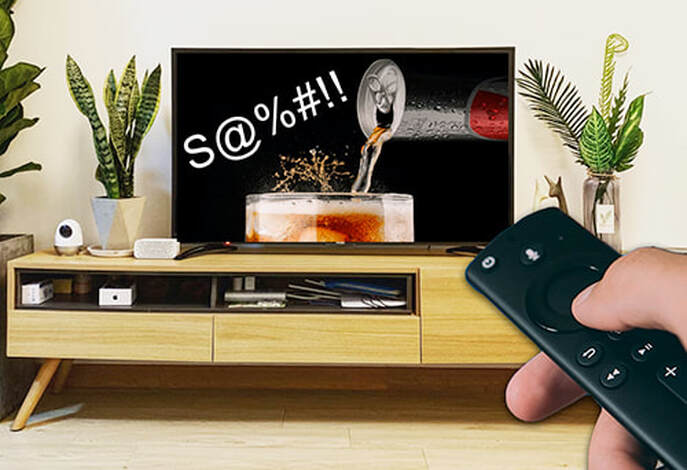



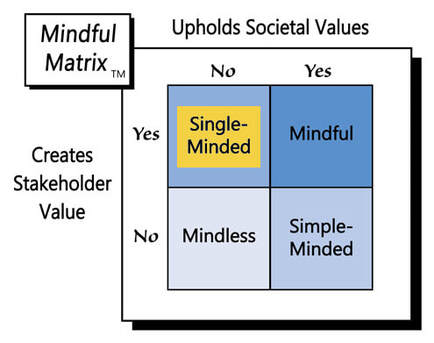
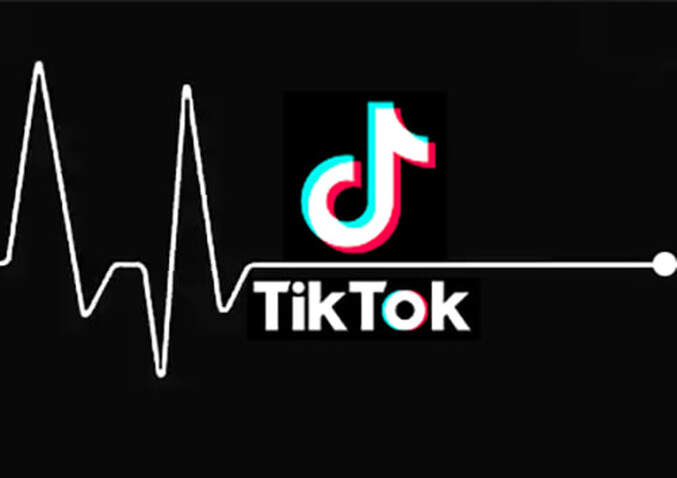

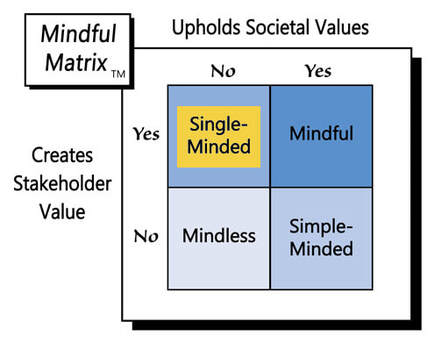
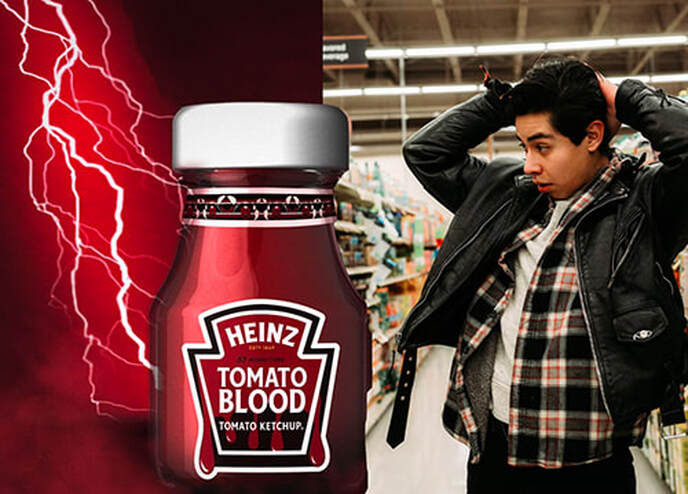
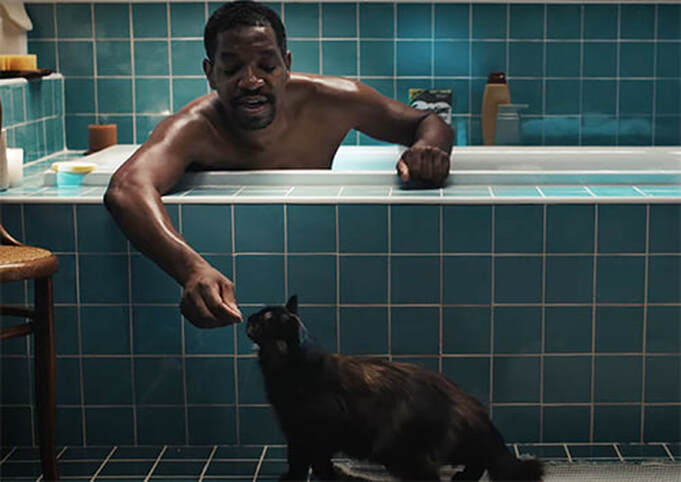
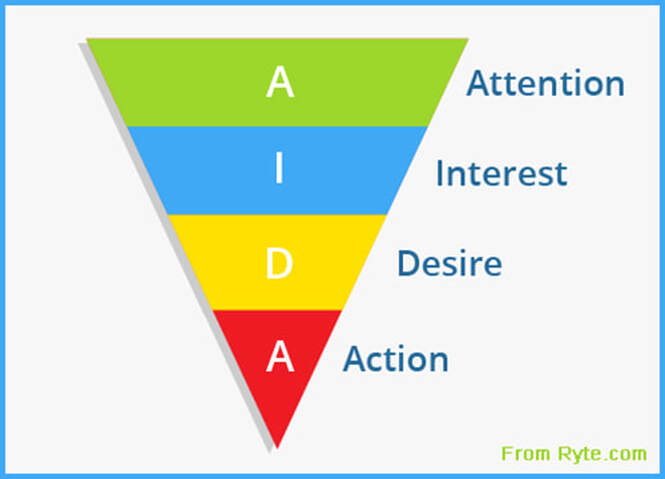
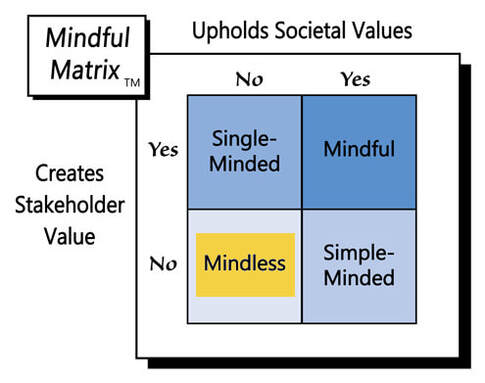
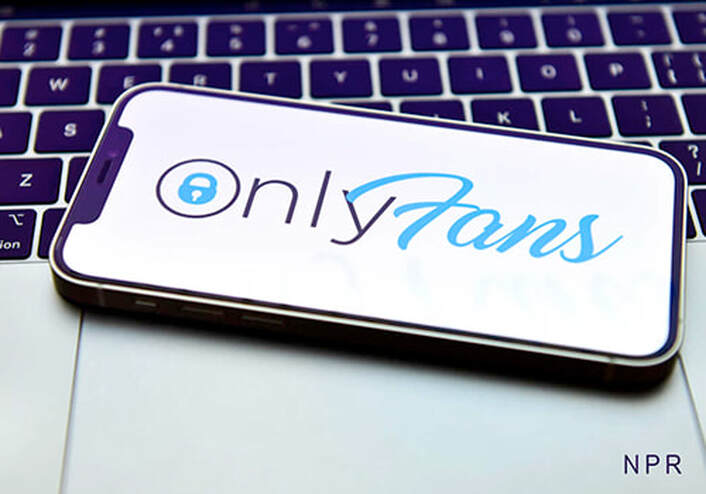
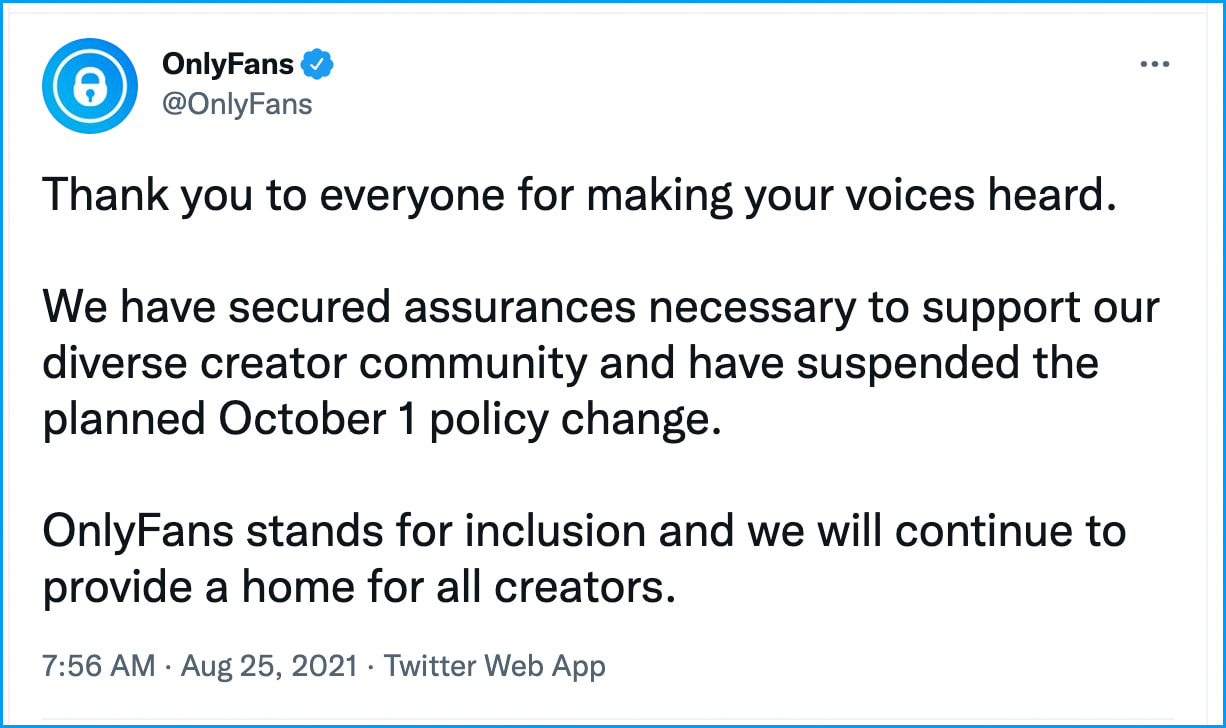
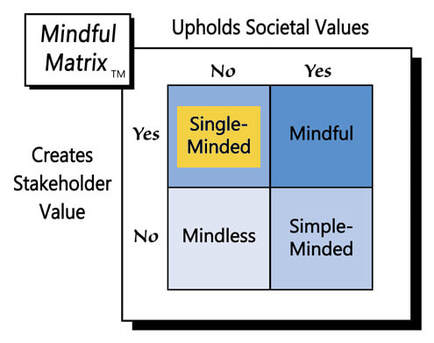


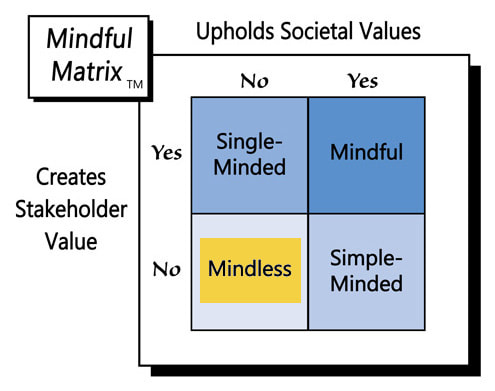






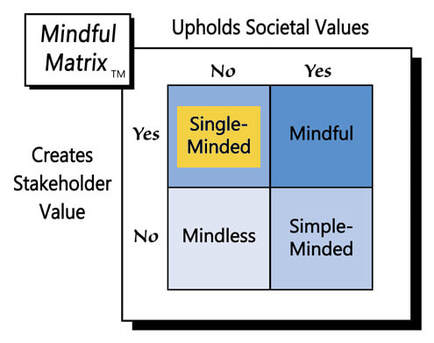
 RSS Feed
RSS Feed